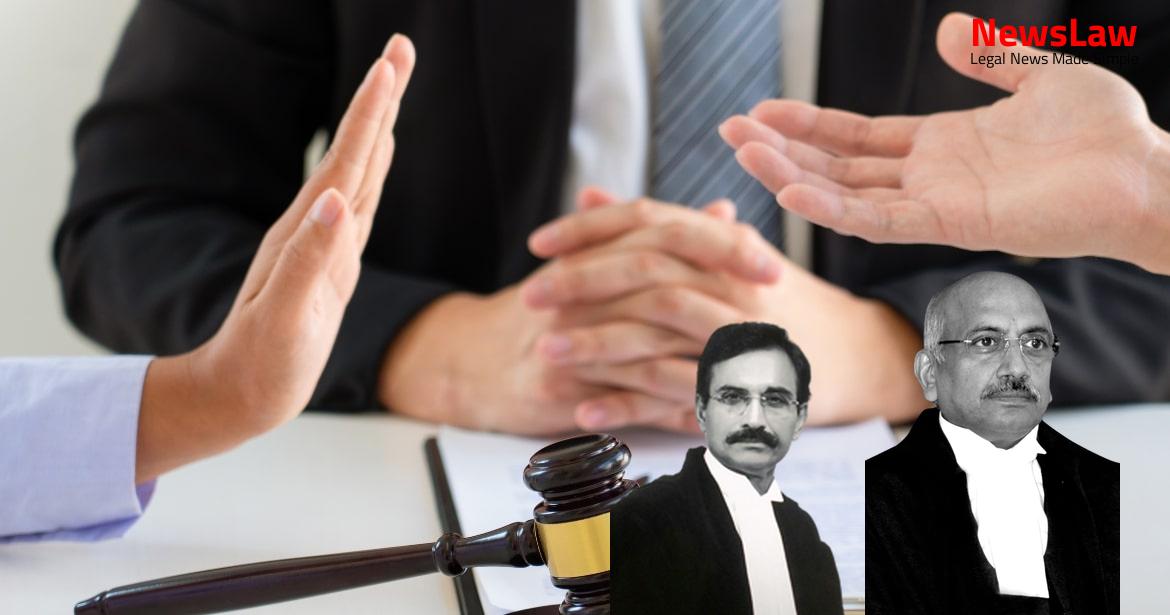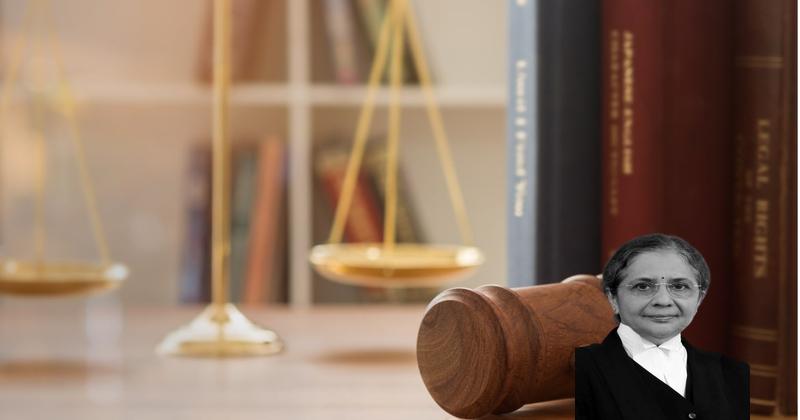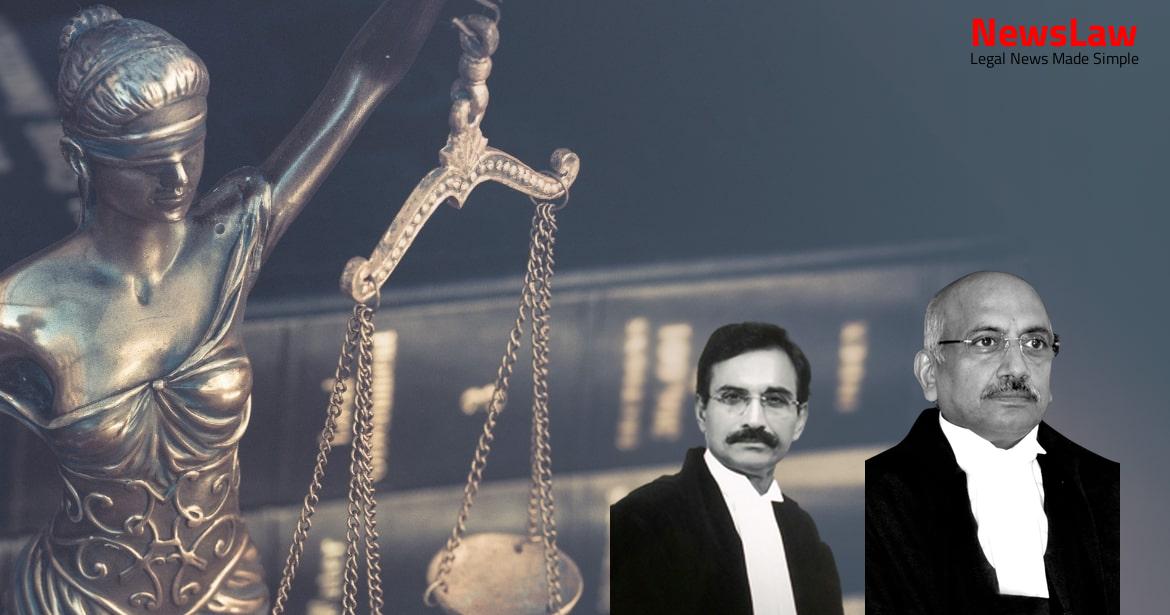In the case of Plaintiff vs. Defendants, the dispute revolves around the validity of a Release Deed. The Plaintiff claims to have been a minor at the time of his father’s death and continued possession of the family property. However, the Defendants presented evidence challenging this assertion. Stay tuned to find out more about this complex legal tussle.
Facts
- The defendants proved the execution of the release deed by the plaintiff and presented a registered marriage deed showing the plaintiff’s age as 24 years.
- Defendant Nos. 4 to 17 purchased the property from defendant Nos. 1 to 3.
- The plaintiff did not examine his mother during the evidence recording process.
- The plaintiff admitted to executing a release deed on 15 June 1963.
- The plaintiff’s father passed away on 30 June 1963, and his brothers had been living separately since 1964.
- The trial court found the plaintiff’s age to be about 22 years based on the release deed.
- The plaintiff claimed to have been a minor at the time of his father’s death in 1963 and continued joint possession of the family property.
- The plaintiff married Nanjamma after executing the release deed.
- The trial court framed 16 issues based on the parties’ pleadings.
- The School Leaving Certificate produced by the plaintiff was not confirmed by the school official or Head Master.
- The High Court overturned the lower courts’ findings in favor of the plaintiff.
- The plaintiff had not pleaded that the release deed was obtained by fraud or coercion or that he had not received consideration
- Since the plaintiff was minor when the release deed was executed, it is null and void and incapable for raising a plea of estoppel
- First Appellate Court held plaintiff was not a minor at the time of execution of release deed and upheld the order of dismissal of the suit
- The High Court held the release deed is null and void but found that the plaintiff received a consideration of Rs.5,000
- Trial court concluded that the release deed is valid as no fraud or coercion was pleaded by the plaintiff
- High Court accepted Ex.P/1 as a transfer certificate which is admissible as proof of age under Section 35 of the Evidence Act
- Substantial question in the High Court was whether the judgment and decree passed by the lower courts considered Ex.P/1 properly
Also Read: Legal Analysis of Entrance Exam Regulations in AYUSH Courses
Issue
- First Appellate Court examined whether the plaintiff was a major on the date of execution of the release deed.
- The court also assessed if the release deed was obtained through undue influence or coercion.
Also Read: Challenging Foreign Contribution Regulations: Legal Analysis
Arguments
- The plaintiff’s argument relying on the judgment in Wali Singh was found to lack merit.
- The plaintiff’s counsel referenced the judgment in Birad Mal Singhvi v. Anand Purohit regarding the probative value of a Date of Birth entry in a School Register.
- The suit was found not to be barred by Article 44 of the Limitation Act.
- The release by minor Wali Sing was deemed infructuous in law as it was not based on any transfer or relinquishment by his guardian.
- The argument that transfer certificate is a public document based on the father’s statement was put forward to challenge the mutation made during the plaintiff’s minority.
- Reference made to the judgment in Madan Mohan Singh & Ors. v. Rajni Kant & Anr. to support the argument that entry in the School Register is significant and cannot be ignored.
- Counsel for the plaintiff relied on the judgment in Madhegowda (Dead) by LRs v. Ankegowda (Dead) by LRs & Ors. to assert that filing a suit is sufficient to refute a relinquishment deed, considered void.
Also Read: Precedence of Secured Debt over Crown Debt: Legal Interpretation
Analysis
- The plaintiff did not challenge the release deed dated 15 June, 1963, on the grounds of being a minor at the time of execution or fraud, coercion, or undue influence.
- The plaintiff’s case was based on a School Transfer Certificate (Ex.P/1) which was deemed unreliable for proving his date of birth.
- The High Court erred in interfering with the findings of fact by the trial court and First Appellate Court regarding the plaintiff’s date of birth.
- The plaintiff failed to provide concrete evidence to support his claim of being a minor at the time of the release deed’s execution.
- Both the trial court and First Appellate Court found that the date of birth was not proven based on the evidence presented by the plaintiff.
- The plaintiff admitted to receiving consideration for the release deed but failed to challenge its validity in the filed suit.
- The High Court’s interference in the second appeal was deemed a grave error as the findings of the lower courts were based on the available evidence.
- The School Leaving Certificate provided by the plaintiff lacked the necessary proof or validation of the date of birth entry.
- The plaintiff’s reliance on certain cases was deemed irrelevant to the issues in the present case.
- The onus was on the plaintiff to prove his minor status at the time of the release deed’s execution, which he failed to do adequately.
- The alleged improper consideration did not amount to a substantial question of law for consideration by the High Court.
- The plaintiff’s failure to provide proper evidence and documentation weakened his case regarding his date of birth and the execution of the release deed.
- Entry in the School Register may not be a public document and must be proved in accordance with the law.
- If two inferences are possible from a given set of circumstances, then the one drawn by the lower appellate court is binding on the High Court.
- High Court can interfere if the conclusion drawn by the lower court was erroneous, contrary to mandatory provisions of law, based on inadmissible evidence, or arrived at without evidence.
- A concurrent finding of fact is binding unless it was recorded de hors the pleadings or based on no evidence or misreading of the material on records and documents.
- Findings of fact cannot be interfered with in a second appeal unless they are perverse.
- The High Court erred in law by setting aside the concurrent findings of facts from lower courts.
- The High Court could not have interfered with the findings of fact.
Decision
- The appeal has been allowed
- The suit has been dismissed
- No order as to cost has been given
Case Title: C.DODDANARAYANA REDDY(D) BY LRS. Vs. C.JAYARAMA REDDY (DEAD) BY LR. (2020 INSC 185)
Case Number: C.A. No.-002165-002165 / 2009



